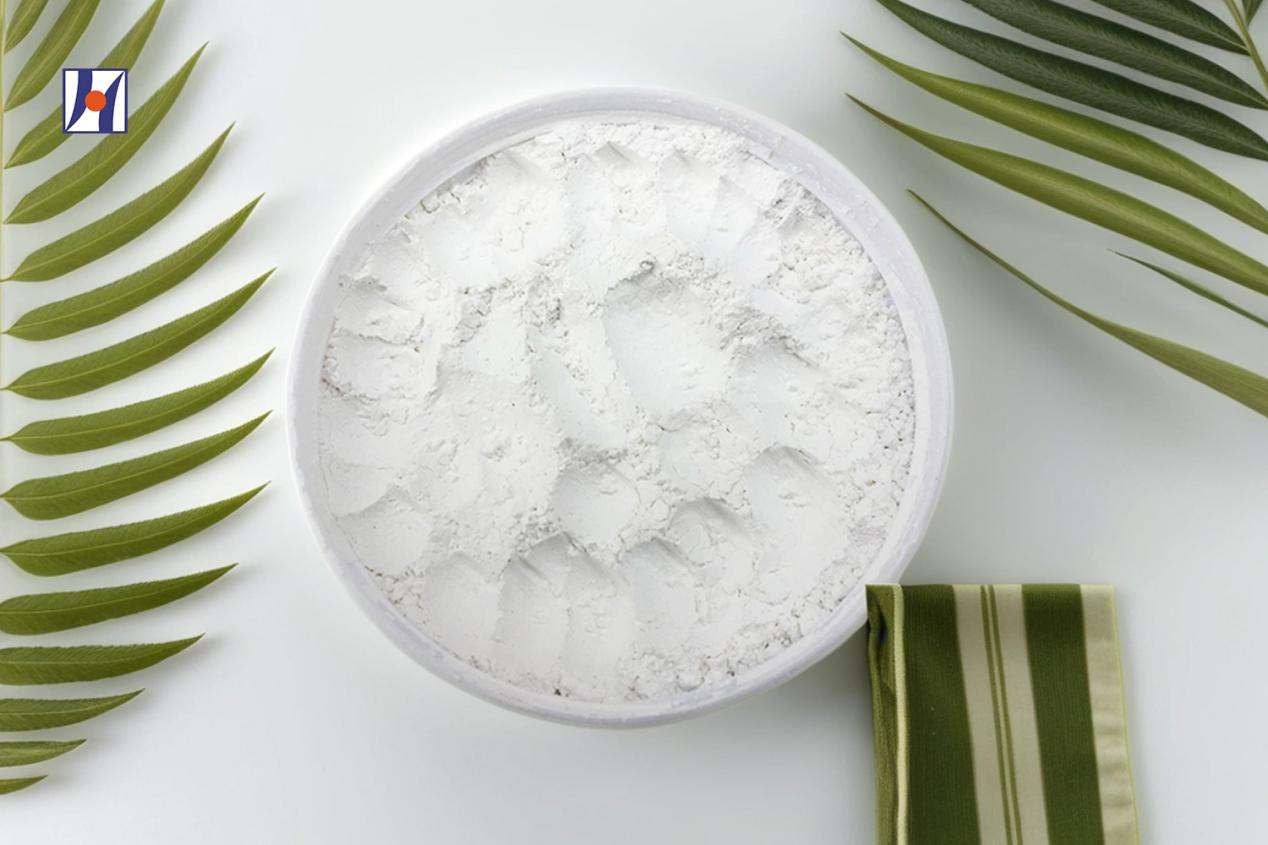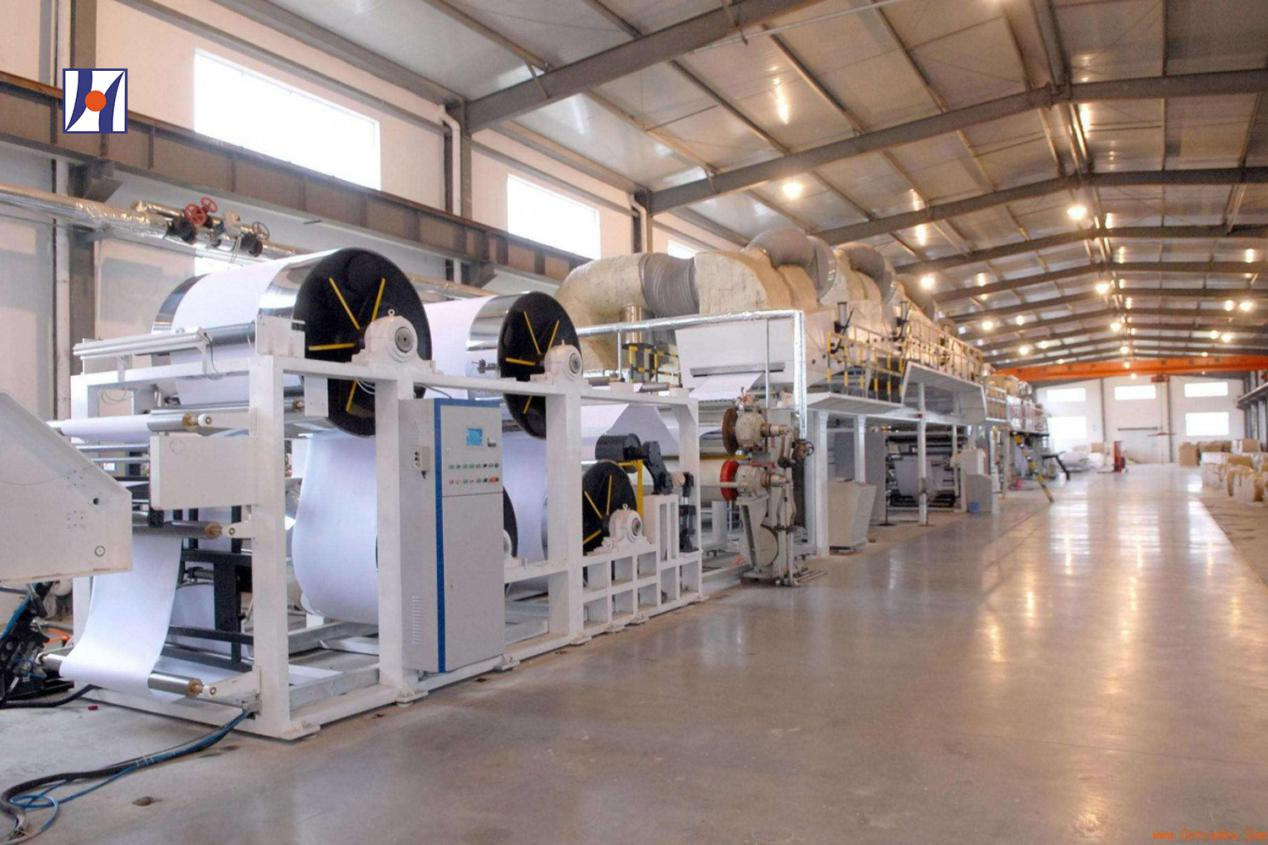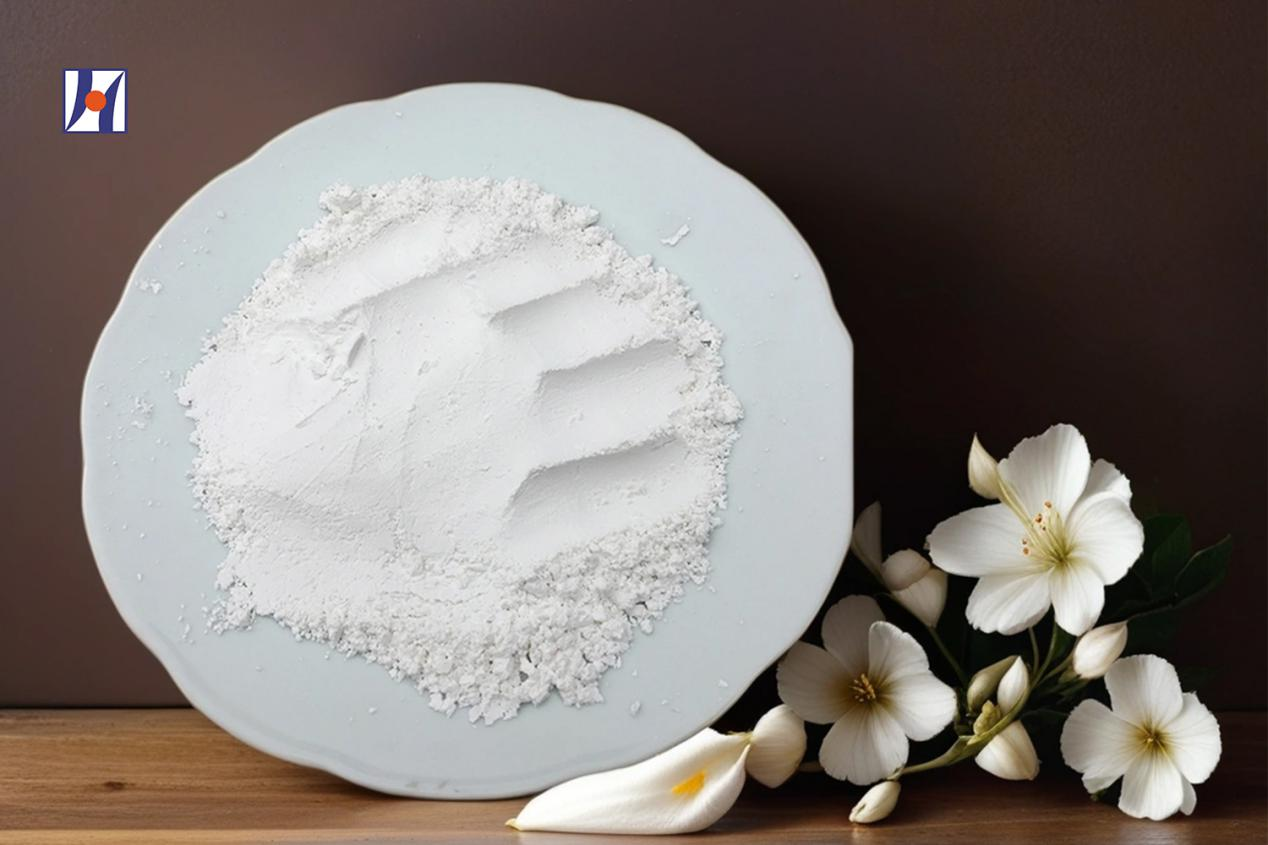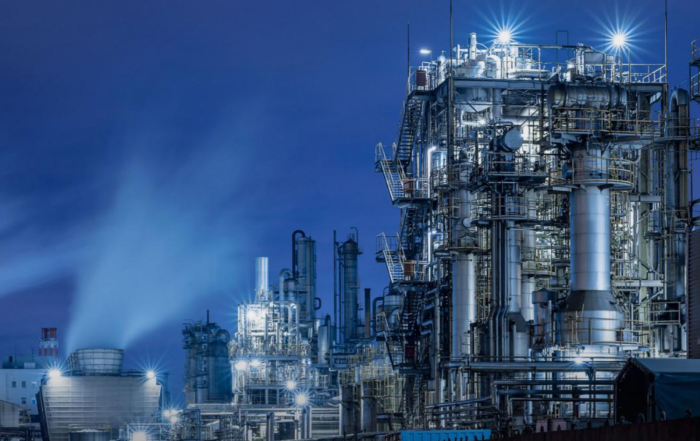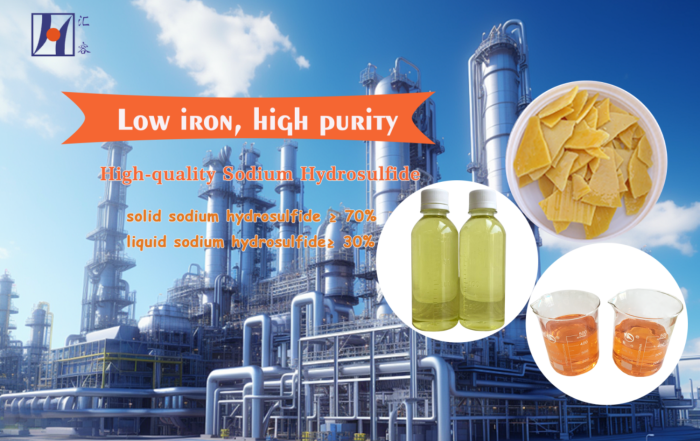Paper making is one of the largest downstream markets for calcium carbonate. Traditionally, people have focused more on several technical indicators such as high whiteness and purity for high-quality calcium carbonate products. However, now more attention is paid to conventional and special technical indicators, positive and negative deviations of indicators, pigment particle morphology and surface structure, impact on production operations, impact on paper quality, environmental protection, price, etc.
The complexity of modern papermaking technology and the diversified development of paper products require calcium carbonate products to achieve high-quality and specialized use. High quality calcium carbonate used for paper fillers and coatings should have properties and characteristics such as high whiteness, high purity, high scattering coefficient, suitable particle size distribution, low wear value, stable pH value, good chemical stability, good coloring, and low price.
At the same time, the improvement of production operations and paper performance by high-quality calcium carbonate should have good dispersibility and suspension, high filler retention rate, increased paper opacity and coating coverage, reduced paper gloss and opacity loss, improved paper ink absorption, improved paper breathability and printing dryness (fixation), low viscosity and good rheological properties, as well as good compatibility and viscosity stability with coatings.
1. Stability Of Quality
Conventional technical indicators should be limited by the absolute value of positive and negative deviations, rather than by how much they are greater or less. In terms of maintaining the stability of the intrinsic quality characteristics of calcium carbonate and the factors that have a significant impact on paper quality, more attention should be paid to the consistency of particle size distribution and particle morphology, as well as the dispersibility, rheological properties, synergistic effects, and wear characteristics of pigment particles
2. Whiteness (brightness) And Chromaticity
High quality calcium carbonate used for producing high whiteness paper from high whiteness chemical pulp typically requires a high apparent whiteness. The highest whiteness of domestic light calcium carbonate and heavy calcium carbonate products can reach 95% to 97%.
High quality paper not only requires high whiteness but also emphasizes color, especially calcium carbonate used for thermal and pressure sensitive recording paper. The overlapping effect of calcium carbonate with different chromaticity, pigments with different whiteness and chromaticity, and pulp on the visual perception of paper varies. Calcium carbonate produced from different mineral raw materials and production processes has different chromaticity.
High quality calcium carbonate not only has a high apparent whiteness, but also has good aging resistance. Generally, it is required that the difference between light or heat aging whiteness and apparent whiteness is not more than 0.5%.
One sidedly pursuing high whiteness of calcium carbonate can lead to opacity loss and high price issues. The selection of whiteness should be based on a paper design with a whiteness of 1% to 2% higher.
3. Particle Size And Particle Size Distribution
Particle size and distribution are important evaluation indicators for high-quality calcium carbonate, which have multiple important impacts on paper quality, coating performance, and production operability.
High speed coating machine (>1000mmin) ≥ 5 μ The presence of m particles has a certain impact on the wear of the scraper. And the filling material for high-speed paper machines is ≥ 8 μ The presence of m particles has a significant impact.
The content of small particles is too high, and the filler is prone to loss. High quality calcium carbonate fillers should generally be controlled to ≤ 1 μ The particle content is less than 30%.
Narrow particle size distribution of calcium carbonate is considered one of the important characteristics of engineered pigments, which can improve the uniform distribution of particles in fibers; Improve paper breathability and printing suitability; Improve the retention rate of fillers. Used for paint pigments to endow coatings with better rheological properties; Pigments and adhesives have a more ideal synergistic effect; Improve the arrangement structure of pigments in the coating, enhance breathability, optical properties, and pulling strength. Modern calcium carbonate production technology can control the particle size distribution of light calcium carbonate to be between 4-5 particle sizes, and heavy calcium carbonate to be between 8-10 particle sizes.
4. Wear And Tear
Wear resistance is the primary consideration factor for modern high-speed paper machines and coating equipment, and is an important indicator of high-quality calcium carbonate. Generally speaking, a speed greater than 300min has a requirement for wear, and as the speed increases, the wear requirement decreases.
The main factors affecting the wear of calcium carbonate include production process and methods, large particle content, particle morphology, free silicon and aluminum (acid insoluble substances) content, charge, etc. The influence of charge on wear has not been given sufficient attention in the past. Research has shown that when the charge polarity of the filler is the same as that of the forming mesh and dehydration component materials, the wear of the equipment is smaller, while when the charge polarity is different, the wear is greater. At the same time, the synergistic effect between the dynamic charge properties of the forming mesh and dehydration components and the charge properties of the filler should also be considered to cause charge balance.
The processing technology of heavy calcium carbonate has significant differences in product wear, and dry processing of heavy calcium carbonate products with the same particle size results in higher wear than wet processing products. The wear of products processed by non media dry crushing equipment such as Raymond mill, airflow mill, and roller mill is higher than that of products with the same fineness produced by media crushing equipment such as ball mill and ball mill.
Heavy calcium carbonate with standard fineness has higher abrasion than light calcium carbonate with the same fineness due to the sharp edges of the particles. Modern wet heavy calcium carbonate production technology can control the wear of ultrafine heavy calcium carbonate products to be similar to that of light calcium carbonate.
5. Particle Morphology
Changes in particle morphology can have multiple impacts on paper quality and production operations. Compared with heavy calcium carbonate, the most important quality advantage of light calcium carbonate is that it can be manufactured in various forms through process adjustments to change its physical properties.
The apparent shape of particles, commonly used as paper fillers for lightweight calcium carbonate crystals: spindle shaped, rice grain shaped, columnar, needle shaped, chrysanthemum petal shaped, and polymeric; Cigarette paper fillers commonly use lightweight calcium carbonate crystal shapes: spindle shaped, chrysanthemum petal shaped, needle shaped;
Light calcium carbonate crystals are commonly used in paper coatings, including spindle shaped, rice grain shaped, diamond shaped flakes, calcite shaped, and columnar shapes.
Long axis and short axis scales (length to diameter ratio or diameter to thickness ratio). High quality lightweight calcium carbonate, such as spindle shaped, grain shaped, columnar, and needle shaped, has certain limitations on the scale of its long and short axes. The length to diameter ratio of spindle shaped lightweight calcium carbonate is generally (4-5) 1; Rice grains (2-3) 1; The cylindrical body is used for filling (4-6) 1, and for coating (2-3) 1; Needle shaped (5-6) 1.
The use of lightweight calcium carbonate with a large aspect ratio as a filler is beneficial for retaining the filler and improving paper permeability. When used for coatings, the viscosity is high and the paper has poor gloss.
Polymers (including chrysanthemum petal shaped) are formed by the aggregation of several fine particles with the same morphology, which have higher void volume and astigmatism coefficient, and exhibit a porous and loose structure. As fillers, they can increase the thickness and opacity of paper, which is beneficial for the retention of fillers. Used for coatings with high viscosity but high ink absorption value, which can control the diffusion of printing ink, endow coatings with loose thickness and opacity, and reduce the gloss of paper coatings.
The sheet-like body has a large aspect ratio. Cubes and spindle or needle shaped bodies with a length to diameter ratio of ≤ 3 have lower viscosity when used in coatings, which can improve the gloss loss of coated paper and help improve the glossiness of coated paper.
Apparent porosity and porosity. The differences in many physical properties between lightweight calcium carbonate and heavy calcium carbonate are due to the morphological characteristics of lightweight calcium carbonate. The surface of lightweight calcium carbonate has small pores, which give it a larger porosity and specific surface area, high oil absorption value, and astigmatism coefficient.
Morphological uniformity. High quality calcium carbonate must ensure uniform morphology, including consistency in shape, aspect ratio, and surface pore size and distribution.
Polymers should also consider the consistency of the size and morphology of fine individual particles, as well as the approximation of the number of individual particles forming aggregates, to ensure consistency in aggregate particle size and pore size. The length of individual crystals that form a chrysanthemum petal like aggregate, as well as their relative opening and sharpness at the ends, are crucial.
Some studies have shown that maintaining the peak intensity at the ends of the spindle and needle shaped lightweight calcium carbonate is beneficial for the bonding of lightweight calcium carbonate with fibers.
6. Charge characteristics
The charge density of calcium carbonate tends from positive charge to negative charge with the increase of gangue density. The charge value of calcium carbonate varies with different manufacturing methods and fineness.
Recently, research on the surface charge characteristics of calcium carbonate has attracted attention and different conclusions have been drawn. It is related to the coagulation and dissociation (dispersion) of pigments; The synergistic effect of fibers and fillers, fillers and additives in the slurry system; Compatibility and rheological properties of coatings; The adsorption effect of fine particles in white water; The dynamic charge characteristics of plagiarism equipment and the impact of filler slurry system on equipment wear; The selection, amount, location and sequence of additives, as well as the tendency of calcium carbonate to agglomerate, etc. It is of great guiding significance to achieve the best results in guiding papermaking production.
7. Dispersibility
Calcium carbonate has a tendency to agglomerate, with finer particles having a greater tendency to agglomerate μ Particles below m, especially those with sub nanometer and nanometer fineness, will produce self aggregation even when stored for a long time in slurries and dry powders. This is also one of the difficulties encountered in the use of nanoscale calcium carbonate for coatings.
Paint grade with high fine particle content (-2 μ The tendency of product agglomeration is greater than that of filler grade products (m>80%). Lightweight calcium carbonate dry powder products are greater than wet products.
The dry heavy calcium carbonate produced by wet processing is greater than that of slurry and cake like products. Long term high-temperature drying products are greater than low-temperature drying products. Dry products of lightweight calcium carbonate have a stronger tendency to agglomerate compared to heavy calcium carbonate of the same fineness. Products with poor uniformity in morphology tend to aggregate more than products with uniform morphology.
High quality calcium carbonate must have good dispersibility. Calcium carbonate that has not been fully decomposed is difficult to exert its inherent characteristics. Affects the uniform distribution of fillers in fibers, such as using lightweight calcium carbonate in dry powder cigarette paper, which can lead to poor dispersion and reduced combustion and breathability. High quality calcium, which is easy to disperse, has lower dosage of dispersant and stirring strength during dispersion, and good suspension and viscosity stability of the dispersion.
8. Viscosity And Viscosity Stability
Calcium carbonate used as filler generally does not have viscosity requirements. High quality calcium used in coatings should have good rheological properties and low viscosity. Modern high-quality calcium carbonate production technology can produce lightweight calcium carbonate with a solid content of 70% to 73% and a solid content of 78% to 79% (d95=2) μ m) Heavy calcium carbonate products with a viscosity less than 200mPa · s.
The viscosity and viscosity stability of calcium carbonate are mainly related to the particle size distribution, particle morphology, porosity, specific surface area, adsorption, and charge properties of the product; Characteristics of additives added in the manufacturing process of calcium carbonate; Related factors such as viscosity and free oxide content.
Fully dispersed calcium carbonate generally has good viscosity stability. The evaluation method is often expressed as the ratio of the viscosity of the dispersion after 24 hours of storage to the immediate viscosity, and the viscosity stability coefficient should generally not exceed 1.2. Even though low-quality calcium carbonate can sometimes exhibit very low viscosity, its viscosity will increase exponentially after being left standing for a period of time. Another viscosity characteristic of inferior calcium is that it exhibits a vibration viscosity effect under different dispersion strengths and solid content conditions; High thixotropy and yield value can occur under high shear conditions.
9. Synergy (compatibility)
High quality calcium carbonate must have good chemical stability. Modern papermaking technology commonly uses various functional additives, and the good synergy between calcium carbonate and it is very important. The preparation process of calcium carbonate sometimes involves the addition of various chemicals such as initiators and coupling agents to control crystal morphology or endow functional properties (such as modified calcium). Improper selection of additives in calcium carbonate can affect the inconsistency of conventional papermaking additives or rubber materials, often manifested as an increase in the amount of papermaking additives added, ineffective reinforcement and retention agents, an increase in anionic deposits in white water, and even the occurrence of paper diseases. In the paint system, it manifests as an increase or ineffectiveness in the dosage of dispersants, an increase in viscosity, and poor adhesive stability. Sometimes it is also reflected in the selectivity of papermaking additives
10. Purity (calcium carbonate content)
At present, domestic and foreign paper calcium carbonate products generally require a calcium carbonate content of ≥ 98%, and high-purity paper calcium can be above 99.5%. The harm caused by a small amount of impurities mainly includes the following aspects:
Oxides of silicon and aluminum – wear resistance.
Oxides of iron and manganese – whiteness and chromaticity.
Oxides of free calcium, magnesium, and sulfur – chemical stability.
Food and pharmaceutical packaging paper should control the content of heavy metal ions such as lead and arsenic.
High purity lightweight calcium carbonate is often chosen as a filler and coating for pressure-sensitive and thermosensitive recording paper to ensure the color tone and durability of the developer.

